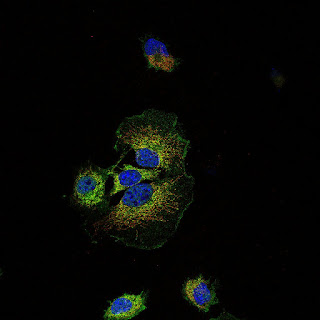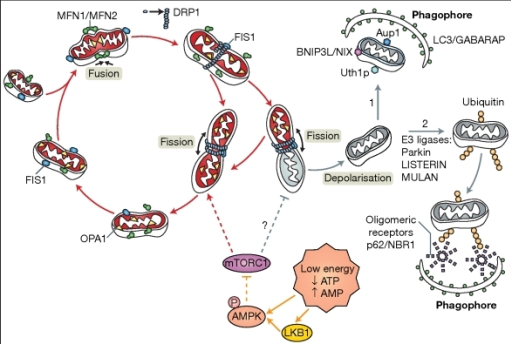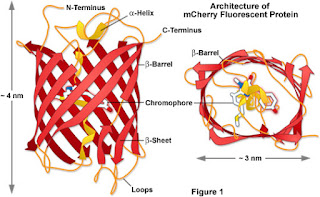Week 4: Inhibiting mitochondrial fission using p110 peptide varients in an attempt to prolong cell survival during neonatal hypoxic ischaemia
The theory behind the experiment: - There is an increase in mitochondrial mitophagy during neonatal hypoxic ischaemia. The cell becomes stressed as a result of the reduced oxygen in the environment. Reactive oxygen species (ROS) being formed after electrons react with molecular oxygen in the electron transport chain. The mitochondria which have become damaged will undergo the process of mitochondrial fission, mediated by the proteins Drp1, MFF, MID49/51 and Fis1. The mitochondria which have accumulated damage will have their damaged features taken to just one area in the mitochondrion. Once fission has occurred and one mitochondrion has become two, the mitochondrion which had accumulated its damage will undergo mitochondrial mitophagy. - As a result, less ATP is available for the cell but more ROS is produced. In addition, the mitochondrial membrane also becomes leaky releasing apoptosis stimulating factors and cytochrome c, therefore stimulating apoptosis and exaggerating th...



















Comments
Post a Comment